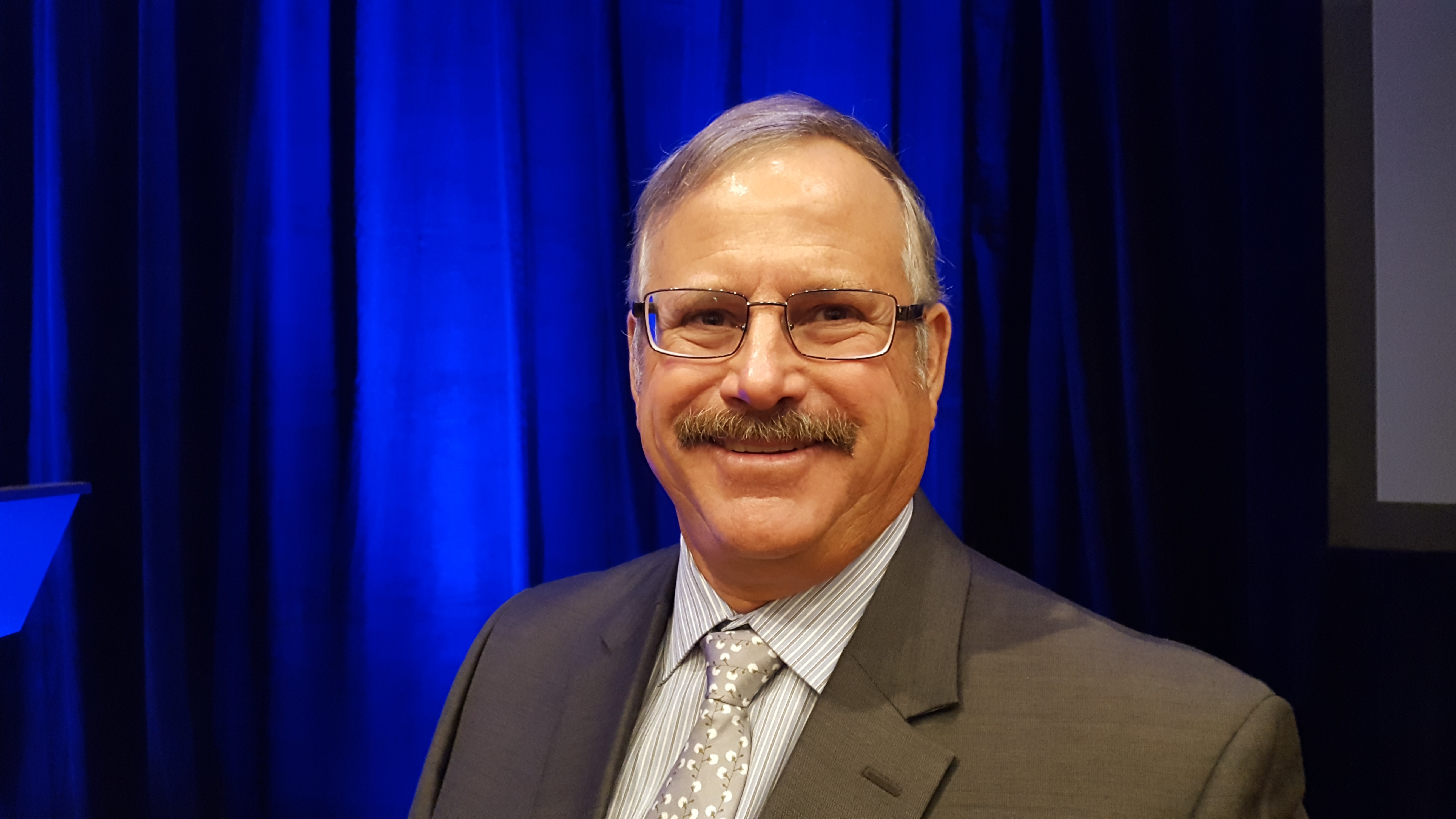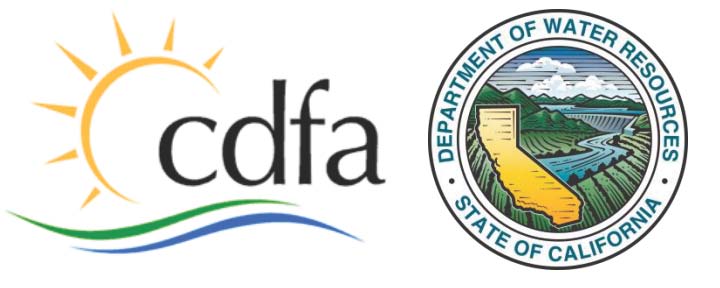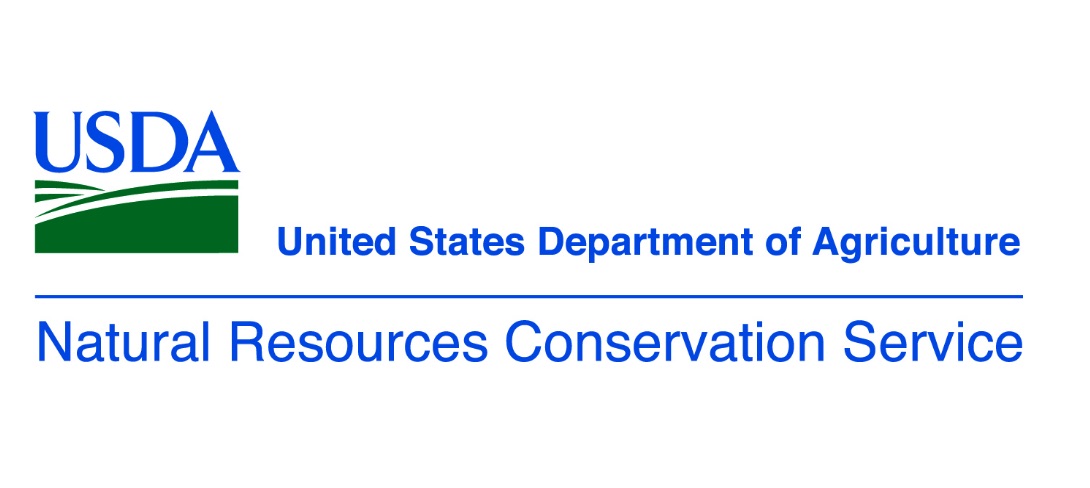Calcot Could Market 70 Millionth Bale this Year
Calcot Ltd. Chairman Talks California Cotton at 89th Annual Meeting
By Patrick Cavanaugh, Farm News Director
Calcot Ltd., a democratically-run cotton marketing cooperative owned by 1,200 select cotton growers in California, Arizona, New Mexico and Texas, held its 89th Annual Meeting in Tempe, Arizona, this week.
Gregory Wuertz, chairman of Calcot and an Arizona cotton grower, said, “The cooperative started in 1927, and it is just amazing to me that we will reach 70 million bales sometime this year.”
“That’s a lot of cotton if you think about it,” Wuertz said. “And it has a great effect on all the growers. A lot of money has been run through the organization, and we are still doing it.”
Wuertz said Calcot directors are in the field across the western cotton belt, interacting with the industry.
“We have Calcot personnel in each cotton region who are also out in the fields talking to people and bringing up questions. They just don’t stay in their office. We try to get great members, and we work really closely with gin managers and their staff. We want to be on a first-name basis,” he said.
Wuertz noted, “You have to love the lifestyle of cotton production. You get attached to the crop. You plant it in March and harvest it in November. It’s a long-term thing.”
Yet, Wuertz acknowledged, “There are ups and downs. There always are. There is always a new catastrophe because you deal with the weather and the water issues. I think you just build up a little bit of a strength and have tougher skin than maybe some growers have with other commodities.”
Many Calcot growers outside of California are in awe of California producers.
“California has a lot more regulations,” Wuertz said. “They’re blessed with a really nice climate—just a perfect area. Our climate is a little harsher, but California people work with air quality, labor laws, and their water issues. They have to have a real sharp pencil to make all that work.”
However, Wertz says, California growers always enjoy a better per-pound price for their cotton.
“I think over the years they have developed markets, and because of their climate, they do grow a real [high] quality crop that just demands a higher price. Everybody says there’s no difference, but there is some kind of difference that is just a little better,” he said.
Wuertz explained that the Calcot cooperative is good for growers when it comes to the prices they receive.
“It is the classic cooperative idea,” he said. “It is too risky to try and peak these cotton markets. It is risky to just hold all your cotton and try to peak it at one time.”
“You have to be conservative,” he continued. “Like cotton growers are — very conservative. So you sell some and hold some and seek financing from banks for the short term. We have good tight covenants with the bank, and that’s part of our risk-management policy. We don’t want to speculate, so that is why we sell throughout the year, and we try and watch all those things.”
“We have a very strong relationship with mills and we can sell directly to them, which I think demands more of a premium for Calcot growers,” Wuertz said. “And while most cotton-spinning mills are offshore, we still have a good chunk of cotton going to some very good domestic mills, where they turn out top of the line sheets and higher-count shirts.”



































